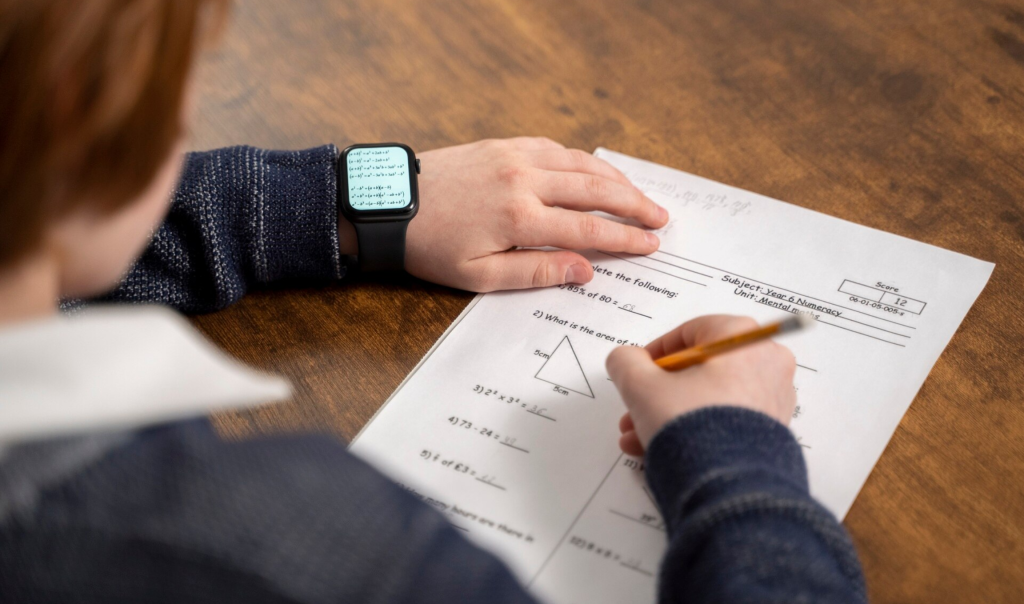In today’s world of endless advice on productivity, we often chase the “perfect routine” like it’s a finish line. We try strict calendars, new apps, morning routines, deep work blocks—and when they don’t stick, we feel like we’ve failed. Weekly experiments!
But what if we treated time management like science, not self-judgment?
Running weekly experiments with your time is a mindset shift. Instead of striving for a flawless system, you treat each week as a test. You try something new, collect feedback, reflect, and adjust. It’s adaptive, low-pressure, and surprisingly powerful.
Let’s explore how to do it—and why this method helps you make smarter, more sustainable decisions about how you spend your time.

Why Experimenting With Your Time Works
Unlike rigid productivity methods, time experiments:
- Encourage curiosity, not criticism
- Allow for flexibility and self-correction
- Adapt to your changing energy, goals, and context
- Generate real data from your life—not generic tips
- Help you understand what works for you, not what’s popular
“You’re not looking for the best way to use your time. You’re looking for the most useful insights from trying different ways.”
What Does a Time Experiment Look Like?
A time experiment is a short, structured trial where you change how you use your time and then reflect on the results. It’s not about productivity for productivity’s sake—it’s about clarity.
Here are some examples:
- Trying deep work hours in the morning instead of afternoon
- Turning off notifications for a week to test focus
- Blocking a full day with no meetings
- Switching from digital to analog planning
- Adding a daily review at 4 PM to wrap the day
These aren’t permanent changes. They’re temporary shifts designed to help you observe how your time, energy, and mindset respond.
How to Set Up a Weekly Time Experiment (Step-by-Step)
1. Pick a Pain Point or Curiosity
What’s currently frustrating, draining, or unclear in your schedule?
Examples:
- “Why am I tired by 2 PM every day?”
- “Why don’t I stick to my task list?”
- “Could I get more done with fewer meetings?”
Choose something small but specific to investigate.
2. Formulate a Hypothesis
Make a guess: If I do X, then Y might happen.
Example:
- “If I start my day with creative work instead of email, I’ll feel more accomplished by noon.”
- “If I batch meetings on one day, I’ll have more focus the rest of the week.”
It doesn’t have to be perfect—just a testable idea.
3. Design the Experiment
Decide how you’ll implement the change and how long you’ll try it (usually one week is ideal).
Example:
- What: No meetings before 11 AM
- When: Monday–Friday
- How you’ll measure: Daily energy rating, number of tasks completed before lunch
Keep it simple, trackable, and within your control.
4. Run It—and Take Notes
This part is key. Don’t just do it—observe yourself doing it.
Use a daily check-in to jot down:
- Energy and mood levels
- Productivity or focus scores (1–10)
- Surprises or resistance you notice
- What worked, what didn’t
Your future self will thank you for the data.
5. Reflect and Decide
At the end of the week, ask:
- What improved?
- What felt hard—and why?
- Would I keep, tweak, or toss this change?
Then choose whether to continue, modify, or try something new next week. This is where insights turn into habits. Weekly experiments!
Example: A Week of “Theme Days”
Hypothesis: If I group similar tasks on the same day, I’ll have less context switching and more focused energy.
Experiment Setup:
- Monday: Admin/Email
- Tuesday: Deep Work/Strategy
- Wednesday: Meetings
- Thursday: Creative Projects
- Friday: Buffer + Learning
Result:
- Fewer interruptions → more deep work
- Mid-week fatigue still high → next week, try starting meetings later in the day
- Felt clearer about what to expect each day
Tips for Making Time Experiments Stick
- ✅ Keep it short (1 week is plenty)
- 🧪 Test one variable at a time
- 🧠 Track real feelings, not just output
- 🌀 Expect surprises—they’re the point!
- 💬 Share with a friend for accountability or insights
Time experiments aren’t about doing more. They’re about understanding yourself better—so you can do what matters with less friction.
A Few More Experiments to Try
| Experiment | Hypothesis |
|---|---|
| Time blocking by energy level | I’ll match tasks to my natural peaks and avoid burnout |
| Social media blackout until noon | I’ll be less reactive and more focused |
| 20-minute midday nap | I’ll have more energy in the afternoon |
| Friday “review + plan” ritual | I’ll feel more in control and less scattered Monday morning |
| Walking 1:1 meetings | I’ll think more clearly and feel more connected |
Final Thought: Treat Your Schedule Like a Lab
Your calendar isn’t a prison—it’s a sandbox.
Your habits aren’t fixed—they’re just old experiments you forgot to re-test.
When you stop trying to “get it right” and start running time experiments, you stop forcing your life into a system—and start shaping a system around your life.
Every week is a chance to learn. Every block of time is a signal. Your time is data—now you get to decode it. Weekly experiments!
References
- Duhigg, C. (2012) The Power of Habit. Available at: https://charlesduhigg.com/the-power-of-habit
- Harvard Business Review (2023) How to Manage Your Energy, Not Your Time. Available at: https://hbr.org/2023/03/manage-your-energy-not-your-time
- James Clear (2023) How to Build Better Habits by Experimenting with Your Time. Available at: https://jamesclear.com/time-experiments





